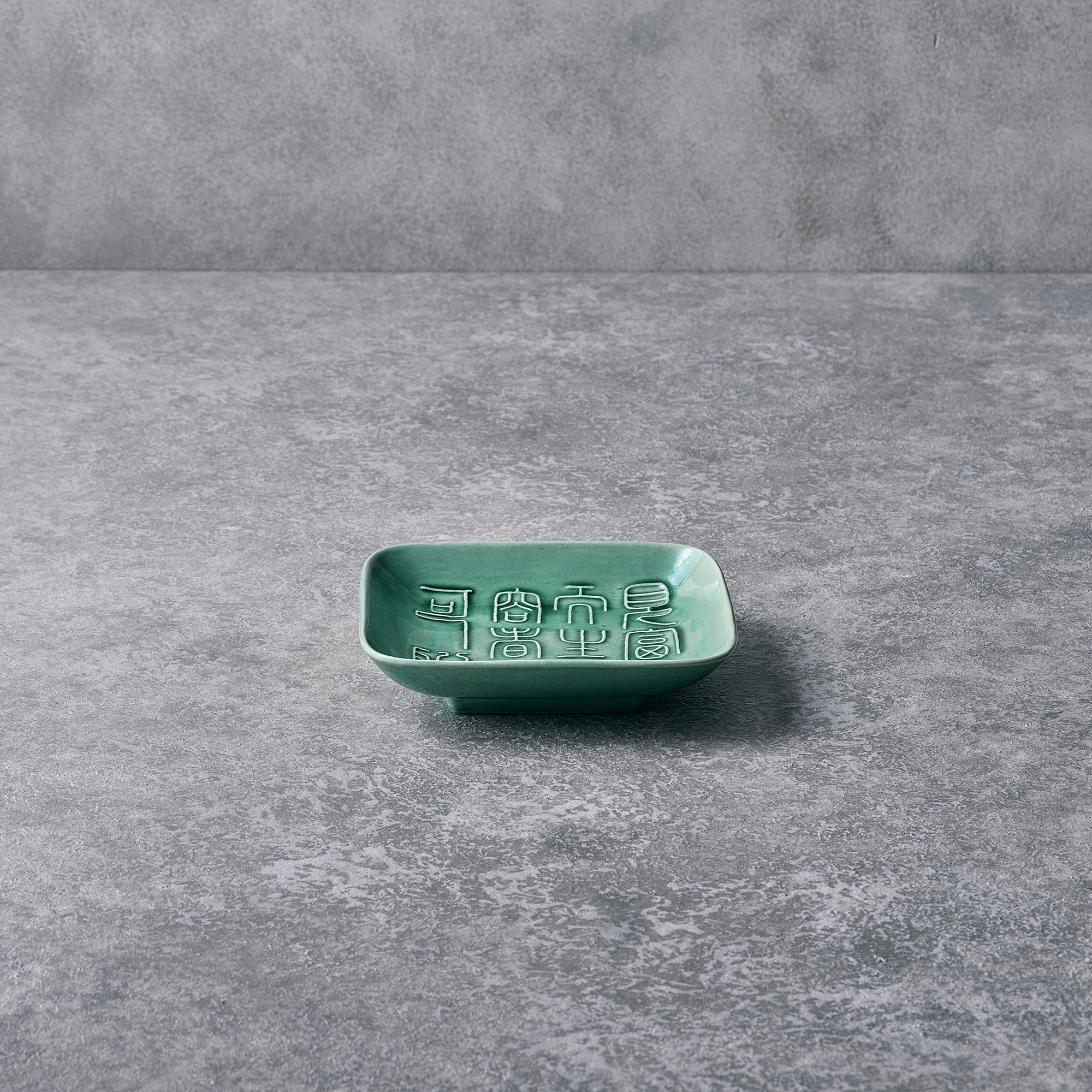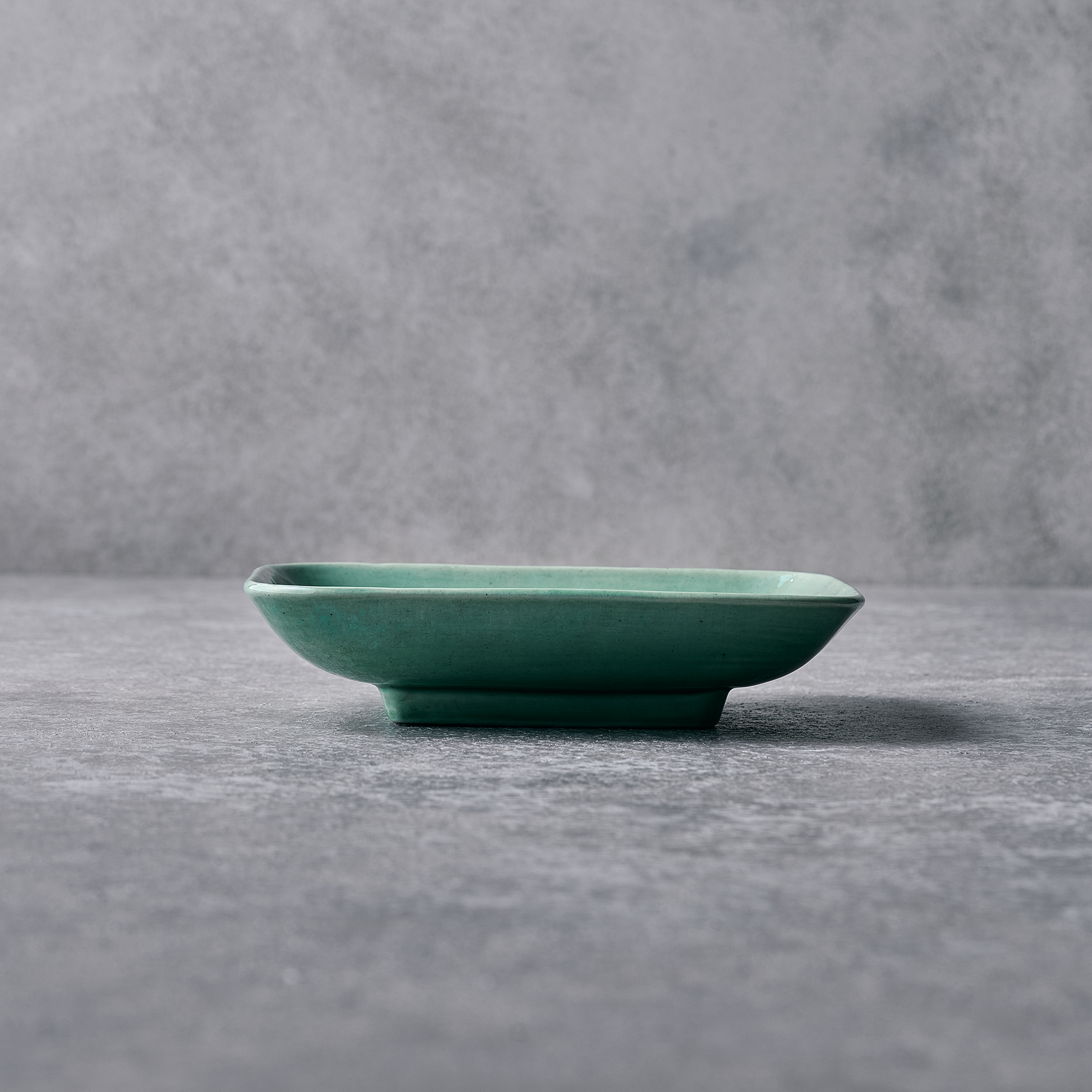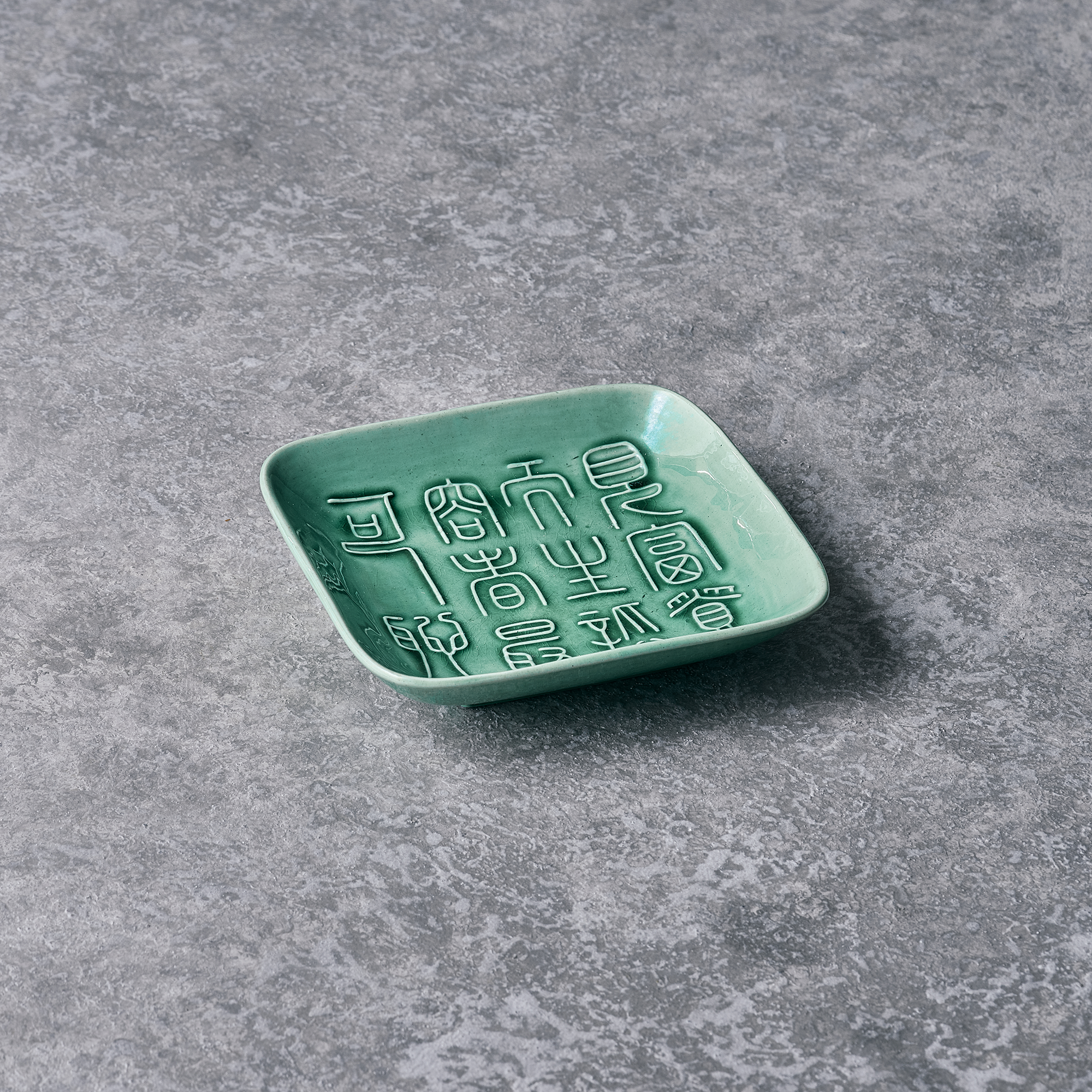



MINPEIYAKI AWAJI ISLAND HYOGO SQUARE PLATE W5.9 x D5.9 in
BRAND: MINPEIYAKI
<PRODUCT DETAILS>
Minpeiyaki (min pei yaki) Kiln opened in 1818 by Kashu Muhei(1796~1871) in what is now Minami-Awaji Island, Hyogo prefecture. For this reason, it also has other names such as Awaji ware, which is named after the place.
Size:W150xD150mm / W5.9 x D5.9 in
Weight:340g
Material : Porcelain
Product NO:9884-599-0104-2900
Origin : Made in Japan
<Precautions for use>
Iron, sticking, kiln scratches, pinholes, and age that form in the kiln during firing.
The glaze may fade due to The same craftsman does not paint the same pattern.
In addition, because each piece is hand-painted, the color, size of the pattern, and pattern varies from piece to piece, so each piece is unique.
There is no such thing as a "one-size-fits-all" vessel. The size of vessels can vary by millimeters depending on the technology of the time.
<BUYER'S RECOMMENDATION>
The act of flattering people as soon as you see them is the most shameful act.
It is most lowly and shameful to be so proud of one's luxury as soon as one sees a poor person.
It is most lowly and shameful to be so proud of one's luxury as soon as one sees a poor person.
<BRAND RELEASE>
There is a theory that Imariyaki was the first glazed porcelain to be produced.
This was the first porcelain in Japan.
The pottery was fired in what is now Arita, Saga Prefecture, and shipped from the nearby port of Imari to the rest of the country.
The name "Imariyaki" was given to this type of pottery because of its large size. Prior to that, Japanese pottery such as Bizen ware
The pottery was unglazed and earth-colored, but compared to ceramics, porcelain was more durable in the kiln than pottery.
It is a very strong pottery compared to ceramics because it can be fired at a higher temperature inside.
Porcelain became the most valuable tableware of the period. Porcelain was initially used for export
The high technology used in the production of these items was limited to a few wealthy individuals, such as feudal lords, and was only available to a limited number of people in Japan.
However, as the restaurant industry flourished, it became popular in the daily lives of the general public.
Because of the increased demand for porcelain, Imari alone was no longer sufficient,
Pottery similar to Imariyaki began to be produced in local kilns in the region.
Imariyaki is used for a wide range of purposes, from tableware for general household use to
The pottery has become world-famous and is now considered to be a work of art.
There is a theory that Imariyaki was the first glazed porcelain to be produced.
This was the first porcelain in Japan.
The pottery was fired in what is now Arita, Saga Prefecture, and shipped from the nearby port of Imari to the rest of the country.
The name "Imariyaki" was given to this type of pottery because of its large size. Prior to that, Japanese pottery such as Bizen ware
The pottery was unglazed and earth-colored, but compared to ceramics, porcelain was more durable in the kiln than pottery.
It is a very strong pottery compared to ceramics because it can be fired at a higher temperature inside.
Porcelain became the most valuable tableware of the period. Porcelain was initially used for export
The high technology used in the production of these items was limited to a few wealthy individuals, such as feudal lords, and was only available to a limited number of people in Japan.
However, as the restaurant industry flourished, it became popular in the daily lives of the general public.
Because of the increased demand for porcelain, Imari alone was no longer sufficient,
Pottery similar to Imariyaki began to be produced in local kilns in the region.
Imariyaki is used for a wide range of purposes, from tableware for general household use to
The pottery has become world-famous and is now considered to be a work of art.
Choose options




MINPEIYAKI AWAJI ISLAND HYOGO SQUARE PLATE W5.9 x D5.9 in
Sale price750.00 лв BGN

